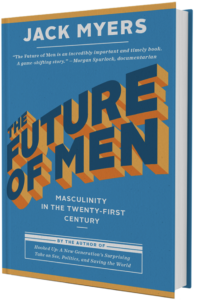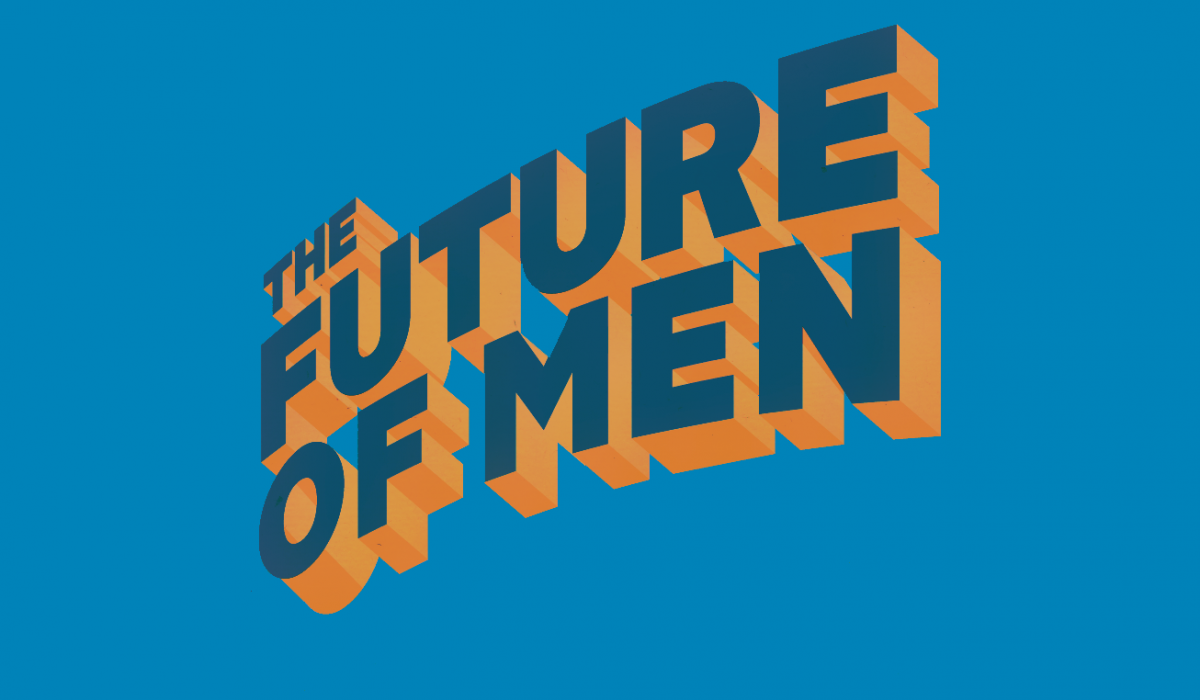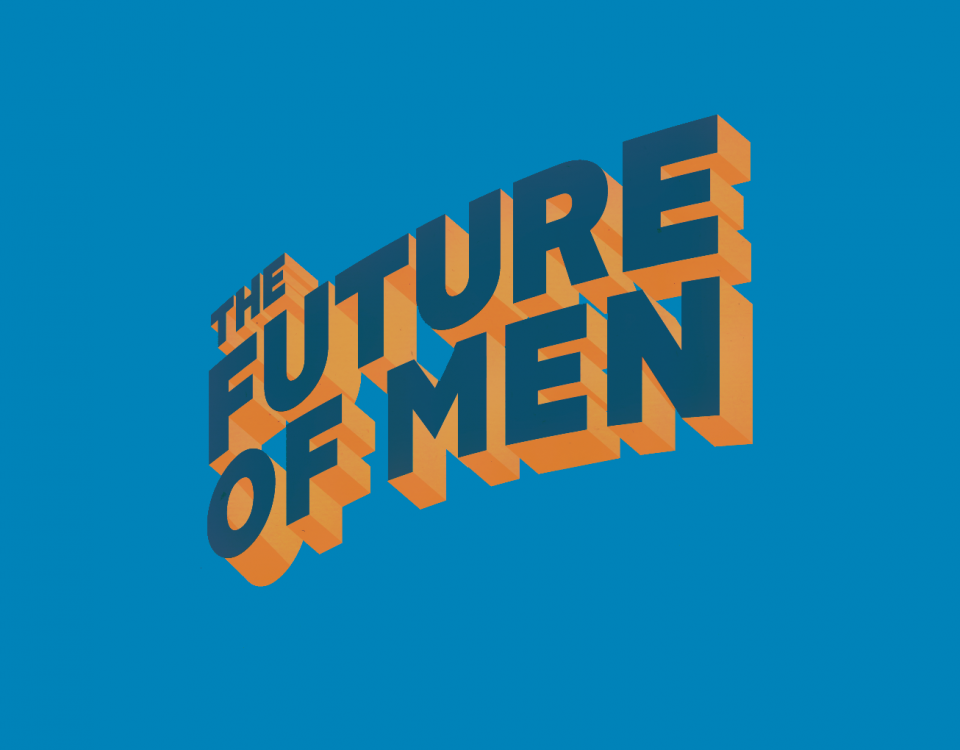The Idiot Man in Advertising
 For examples of the “men as idiots” commercial genre, simply turn to your TV and watch the vast majority of commercials for household products, over-the-counter analgesics and health aids, automobiles, financial services, and a host of other product categories. Men are often characterized as less-than-capable idiots who can’t possibly measure up to a female’s ability to do even the simplest task.
For examples of the “men as idiots” commercial genre, simply turn to your TV and watch the vast majority of commercials for household products, over-the-counter analgesics and health aids, automobiles, financial services, and a host of other product categories. Men are often characterized as less-than-capable idiots who can’t possibly measure up to a female’s ability to do even the simplest task.
The list of dumb men in advertising is lengthy and includes companies that market everything from throat drops to credit cards. Some groups are speaking out against the collective advertising world’s treatment of men. Glenn Sacks, an attorney who focuses largely on gender rights, has successfully launched campaigns against companies that depict men in a less-than-positive way. Perhaps most notably, Sacks persuaded Verizon to pull its 2004 ad about a dad who was overwhelmed trying to help his daughter with ahomework assignment. Sacks has also led successful campaigns against reality television shows that cast men in a bad light and large advertising agencies that he says are responsible for anti-male advertising. Other groups like Stand Your Ground and The Masculine Heart seek to bring awareness of the way men are portrayed in advertisements and the media.
A classic men-as-idiots campaign that blended seamlessly with the “men prefer the company of other men” theme was the “Whassup?” Budweiser commercials at the turn of the millennium. A group of guys talked aimlessly on the phone to one another, saying nothing other than a rapid exchange of the one-word question “Whassup?” While the concept may sound dumb to some (and hilarious to others), the commercials were an immediate hit and contributed to an increase of 7.9% in the beer’s supermarket sales, according the Chicago Tribune. More than a decade later, it’s hard to imagine how “Whassup?” captured the male zeitgeist of the time. From kids as young as elementary school to middle-aged adults on the golf course, it was not uncommon to be greeted with a “Whassup?” While some guys may have scoffed at the portrayal of the poor communication skills in the “Whassup?” ads, others either welcomed it as a simple way to communicate or merely deflected it with humor. Communication between men has not always been sophisticated, or even fluent, but the “Whassup?” commercials reflected a general acceptance of men as idiots.
Marketers invest millions – even billions – in branding and targeting their products and services to the largest and most responsive audiences. As there are more stay-at-home dads, more single male households, and as men become more engaged in purchase decisions, marketers will be confronted with the need to communicate the appeal of their products to both men and women who fail to recognize themselves and their partners in any of the stereotypical ways that have dominated ad campaigns for decades. Appealing to the newly emerging, more “feminized” male and reflecting relationships that are more culturally accurate is a mountain few marketers and agencies have the skills to scale. The easier route for marketers and their agencies is to focus increasing shares of their ad budgets to targeting female consumers while ignoring men altogether. The trends, however, point to a growing base of male decision-makers and to a female consumer who is often ceding the responsibility for many household decisions to her partner and to caregivers. With a growing wealth of data available to target their media selection, it’s essential that marketers focus more attention on their creative messaging. If anything is clear from a historical perspective, it’s that there’s a growing and highly offensive disparity between how men are represented in many ad messages and the positive self-image we hope our young men and boys will adapt. It’s more likely marketers will simply find new and equally offensive ways (to men) of appealing to women by presenting stereotypical male behaviors that no longer reflect a growing population of younger men.




